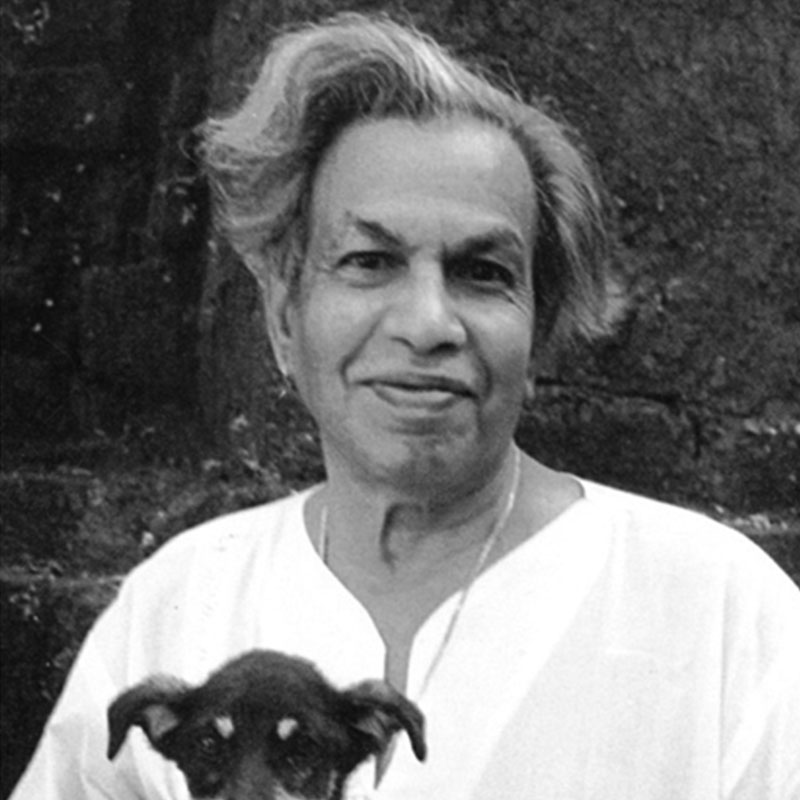
Sadanand K. Bakre was born in Baroda in 1920. When his family moved to Bombay, Bakre joined the Gokhale Education Society School. Noticed by his drawing teacher and encouraged to paint, he took up painting seriously. At the age of 16, he held his first solo exhibition of drawings of figures, still life, watercolour landscapes and clay models of drapery at his school.
In 1939, Bakre joined the Sculpture department of the Sir J.J. School of Art. He was trained in a purely Academic Realist style which he was able to grasp quickly. His talent and hardworking nature learnt the technique of modeling in clay, making a plaster cast and bronze casting as well. He experimented with sculpture techniques and his innovative nature was soon recognised and he won several awards for his sculptures at art exhibitions. He received a Diploma in Sculpture in 1944 and was awarded the Lord Harding Scholarship. Bakre’s rebellious temperament was always in search of some new method, material and form of expression.
He was one of the founding members of the Bombay Progressive Artists’ Group, the pioneers of modern art in India.
In 1951, he went to Britain, where he gave up sculpture and concentrated on painting. Bakre’s talent was encouraged by the leading art critic Rudy von Leyden, who introduced him to the modernist movements in America and Europe. Like many of his generation, Bakre’s development as an artist followed the trajectory of moving from academic realism to abstraction, in his paintings as well as his sculptures. The decade of the 1960s was one which saw the evolution of Bakre’s vocabulary and style. From “spiky forms,” he had, by the late ’60s, moved to more simplified forms with a growing interest in structure. His works were small in nature, but was expressive and creative using a variety of materials. The sculptural figures had clean cuts and excellent curves. His skill as a sculptor and his power of compelling images as a painter were unique.
After time spent in Europe, the artist eventually returned to India in the 1975. In his later years he became a recluse, but he received a lifetime achievement award from the Bombay Art Society in 2004. He died of a heart attack in 2007.